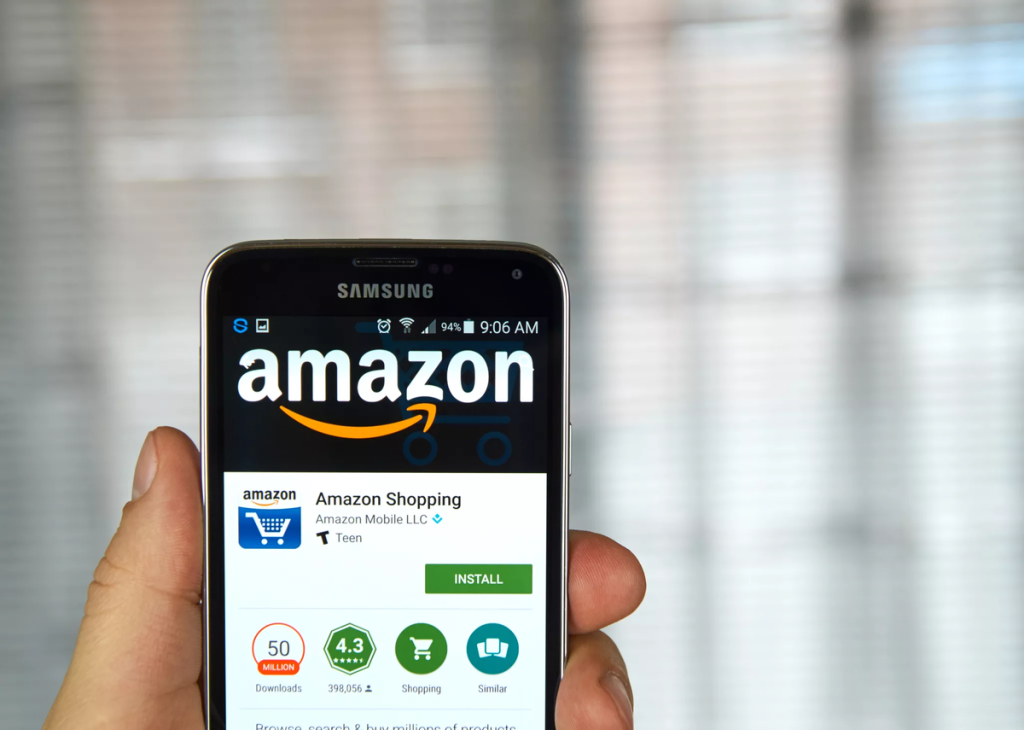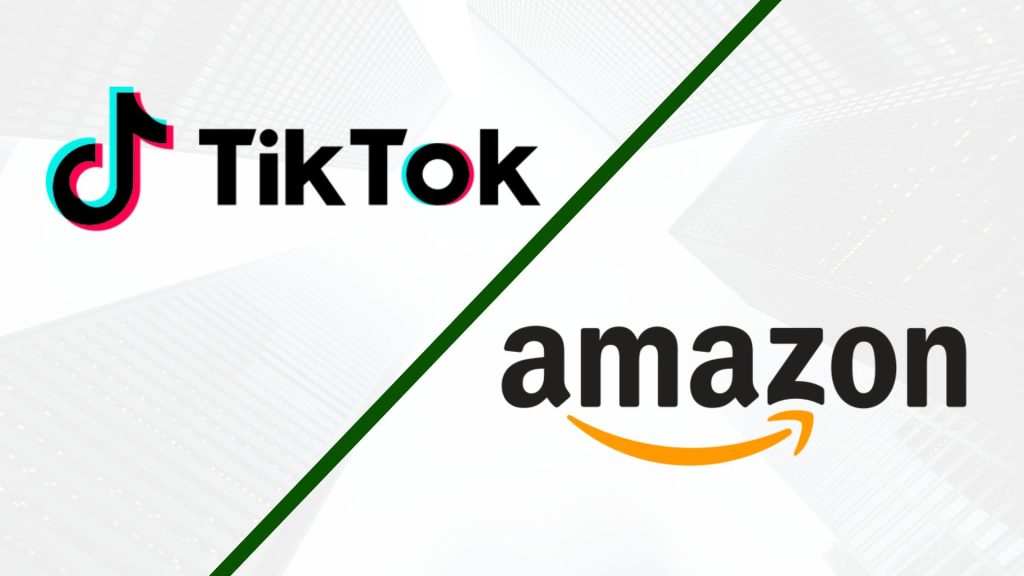
As 2025 unfolds, AI chatbot innovation is emerging as one of the most defining trends in the tech world. Fueled by rapid advances in generative AI, chatbots have evolved from basic question-answer tools into intelligent, interactive platforms capable of assisting with everything from education and work to shopping and mental health. This surge in capability and utility has translated into extraordinary consumer interest—and spending.
Recent data reveals that consumers have already spent nearly $1.1 billion this year on apps like ChatGPT, Google Gemini, and Doubao, highlighting the widespread adoption of generative AI across global markets. These apps are no longer viewed as novelties; they are now considered essential digital companions, powering daily productivity and curiosity. From drafting emails to writing code, or even offering therapeutic conversations, AI chatbots are being integrated into everyday life at an unprecedented pace.
The innovation behind these platforms lies in their ability to generate human-like content, adapt to user preferences, and continuously improve based on context and feedback. With each iteration, these tools become more conversational, more accurate, and more aligned with the individual user’s needs. This personalization, paired with the convenience of instant access, makes generative chatbots a compelling alternative to traditional apps and even search engines.
As tech giants and startups race to enhance their AI offerings, we’re seeing a wave of new features—from multimodal capabilities (text, voice, image input) to plugin ecosystems and memory functions that allow chatbots to “remember” user preferences. These developments are not only reshaping the AI landscape but are also raising expectations across industries. Businesses in healthcare, education, retail, and customer support are exploring how chatbot AI can streamline operations and deliver more engaging, cost-effective services.
Looking ahead, the AI chatbot boom is set to redefine human-machine interaction. The $1.1 billion already spent is just the beginning of a larger shift in how people access knowledge, solve problems, and interact with digital systems. As innovation accelerates and competition grows, we can expect even more intelligent, intuitive, and impactful chatbot experiences—firmly placing generative AI at the heart of our digital future.


 Amazon focuses on thrifty consumers and people with limited means in the United States by introducing Amazon Haul, its new online e-commerce store focused on ultra-low prices.
Amazon focuses on thrifty consumers and people with limited means in the United States by introducing Amazon Haul, its new online e-commerce store focused on ultra-low prices. Alibaba continues to roll out new features and functions which will continue to drive more sellers to its B2B marketplace.
Alibaba continues to roll out new features and functions which will continue to drive more sellers to its B2B marketplace. Saudi Arabia seeks to diversify its economy beyond primarily oil and gas exports and now intends to build an expansive national and international ecommerce market.
Saudi Arabia seeks to diversify its economy beyond primarily oil and gas exports and now intends to build an expansive national and international ecommerce market. Amazon detailed new options that will be available when customers link their accounts to either Pinterest or TikTok’s social platforms.
Amazon detailed new options that will be available when customers link their accounts to either Pinterest or TikTok’s social platforms. As consumer and business ecommerce spending continues to increase and even more deliveries are made, more states including New York, Ohio, Nevada, Minnesota, Colorado, and Washington are exploring taxing delivery fees for road repair revenue.
As consumer and business ecommerce spending continues to increase and even more deliveries are made, more states including New York, Ohio, Nevada, Minnesota, Colorado, and Washington are exploring taxing delivery fees for road repair revenue. Two in ten surveyed online shoppers in the United Kingdom begin their search for products on social media. However, only 7 percent finalize their orders through this channel. Most of them finalize their purchase on a retailer’s website or app.
Two in ten surveyed online shoppers in the United Kingdom begin their search for products on social media. However, only 7 percent finalize their orders through this channel. Most of them finalize their purchase on a retailer’s website or app.